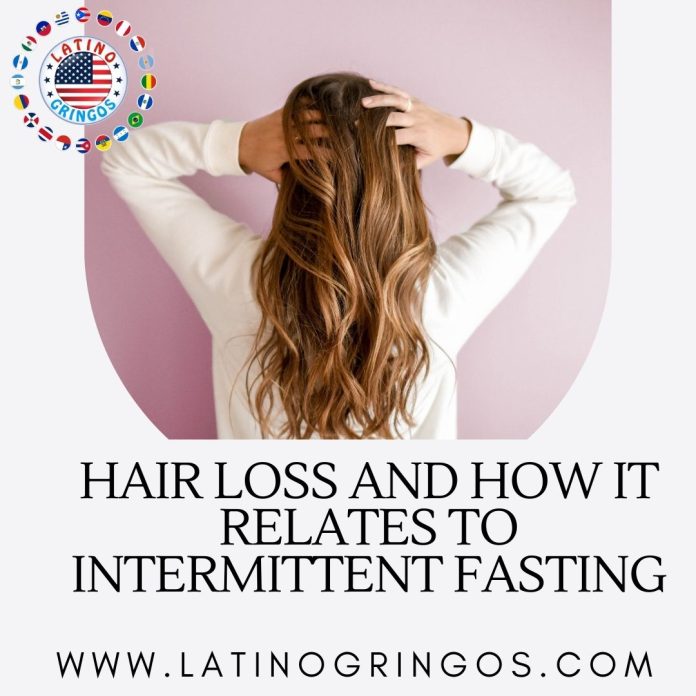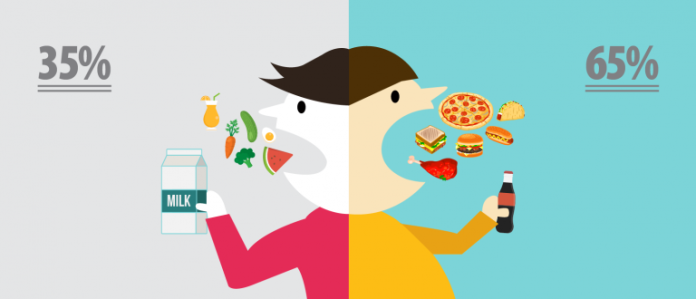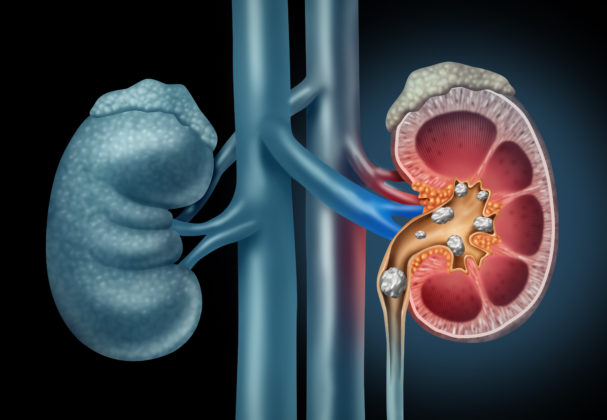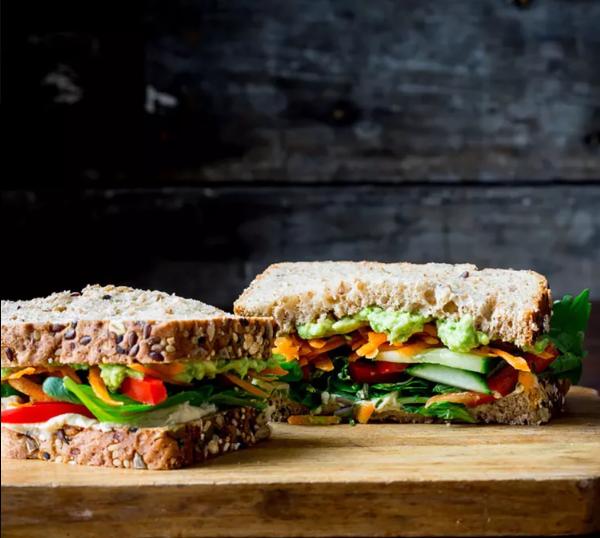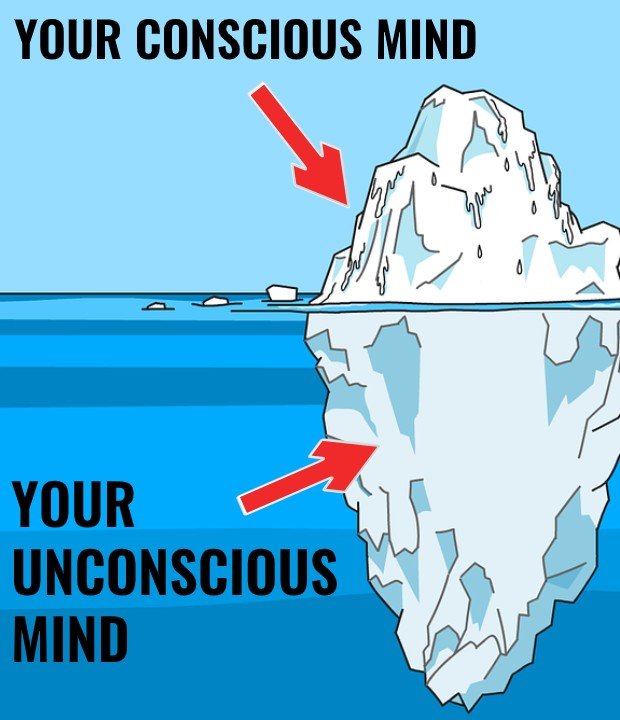many people who try intermittent fasting claim that their hair is falling out, but this is not due to intermittent fasting, but because they are not consuming the necessary micronutrients in their daily diet. It is important that you have a balanced diet of micronutrients, which is absolutely essential to promote hair growth.

The hair that we see on the scalp is only 50 percent of the total length of a hair strand, the remaining part is found deep in the skin, in the lower part of the hair known as the hair bulb, where the hair cells are located. mother cells. Deep within this root, stem cells produce a thick protein called keratin, which is responsible for making hair grow thicker. after a typical period of five to six months, growth stops and hair begins to fall out.
As long as the scalp bulb, where there are stem cells, can be preserved, it is possible to ensure that the hair bulb grows back and that the stem cells can regrow hair. It is absolutely critical to make sure that the blood supply to this root or hair bulb at the base of the head shaft is in good working order, as long as there is a blood supply, more oxygen and more nutrients, dying hair actually comes back. to the growth phase, repeating the cycle itself.
During intermittent fasting, caloric intake is reduced if there is no balanced diet, and the necessary micronutrients are not present in the blood, so they do not reach the hair bulb, which causes hair loss. Therefore, for an intermittent diet to be successful with hair growth, it is important to take into account the consumption of nutrients along with sleep.
When sleeping, our body excretes melatonin, a growth hormone that, together with good blood flow to the hair bulbs, contributes to hair growth. including foods rich in tryptophan such as milk, almonds, pistachios helps stimulate sleep. Tryptophan helps you sleep better, helps you secrete more growth hormone, which helps preserve your hair.

You should be careful with certain foods such as alcohol, which absolutely disturbs the sleep pattern, so the sleep cycle does not start at its indicated time, when you drink alcohol at night, you are more likely to lose more hair. You should also be careful with everything that can affect insulin since a greater resistance to insulin intervenes in growth hormone. 150 minutes of exercise a week has been shown to improve insulin resistance, these 150 minutes do not have to be at the same time, you could do 30 minutes a day for five days and divide the exercise time, but the key is in that you should push yourself to increase your heart rate. In addition to this, intermittent fasting helps reduce your body weight, promotes healthy food intake, promotes sleep, and reduces oxidative stress on cells.
On top of that, including iron-rich foods will also help you prevent hair loss, iron is absolutely important for stem cells to produce thick proteins like keratin to build hair, so plant sources of iron-rich foods Iron include beans, legumes, lentils, broccoli, and spinach. one tip for taking iron is that you can take iron rich foods along with vitamin C like an orange it helps iron absorption better if you can avoid taking calcium rich foods at the same time it will be better for iron absorption because foods Calcium-rich foods can interfere with iron absorption.
In this way, an intermittent fast should not deprive you of the main micronutrients that your body needs, but rather contribute to the consumption of healthy foods necessary to preserve your hair, in addition to stimulating a good sleep that will help improve blood flow in the scalp. which preserves the hair and stimulates its growth.
To see more articles on these topics or others, keep visiting Latino Gringos ™. Make sure to follow us on our Instagram or Facebook to find out when we upload new articles or videos.
If you know someone who can benefit from our articles, even if they are not Latino, please share with them. We love our Latino community, but we also like to help anyone in need.
la pérdida de cabello y cómo se relaciona con el ayuno intermitente
muchas personas que prueban el ayuno intermitente afirman que se les está cayendo el cabello, pero esto no ocurre por el ayuno intermitente , si no porque no están consumiendo los micronutrientes necesarios en su dieta diaria. Es importante que tenga una dieta equilibrada de micronutrientes, que es absolutamente fundamental para promover el crecimiento del cabello.

El cabello que observamos en el cuero cabelludo es únicamente el 50 por ciento de la longitud total de una hebra capilar, la parte restante se encuentra en lo profundo de la piel, en la parte inferior del cabello conocida como bulbo piloso, donde se encuentran las células madre. en lo profundo de esta raíz, las células madre producen una proteína espesa llamada queratina, la cual está encargada de que el cabello crezca más grueso. después de un lapso habitual de cinco a seis meses, el crecimiento se detiene y el cabello comienza a caerse.
Mientras pueda presevarse el bulbo del cuero cabelludo, donde hay células madre, es posible asegurarse de que vuelva a haber crecimiento en el bulbo piloso y que las células madre puedan hacer que vuelva a crecer el cabello. es absolutamente fundamental asegurarse de que el suministro de sangre a esta raíz o al bulbo piloso en la base del tallo de la cabeza este en buen funcionamiento, siempre que haya suministro de sangre, haya más oxígeno y más nutrientes, el cabello moribundo en realidad vuelve a la fase de crecimiento, repitiendo el ciclo en si.
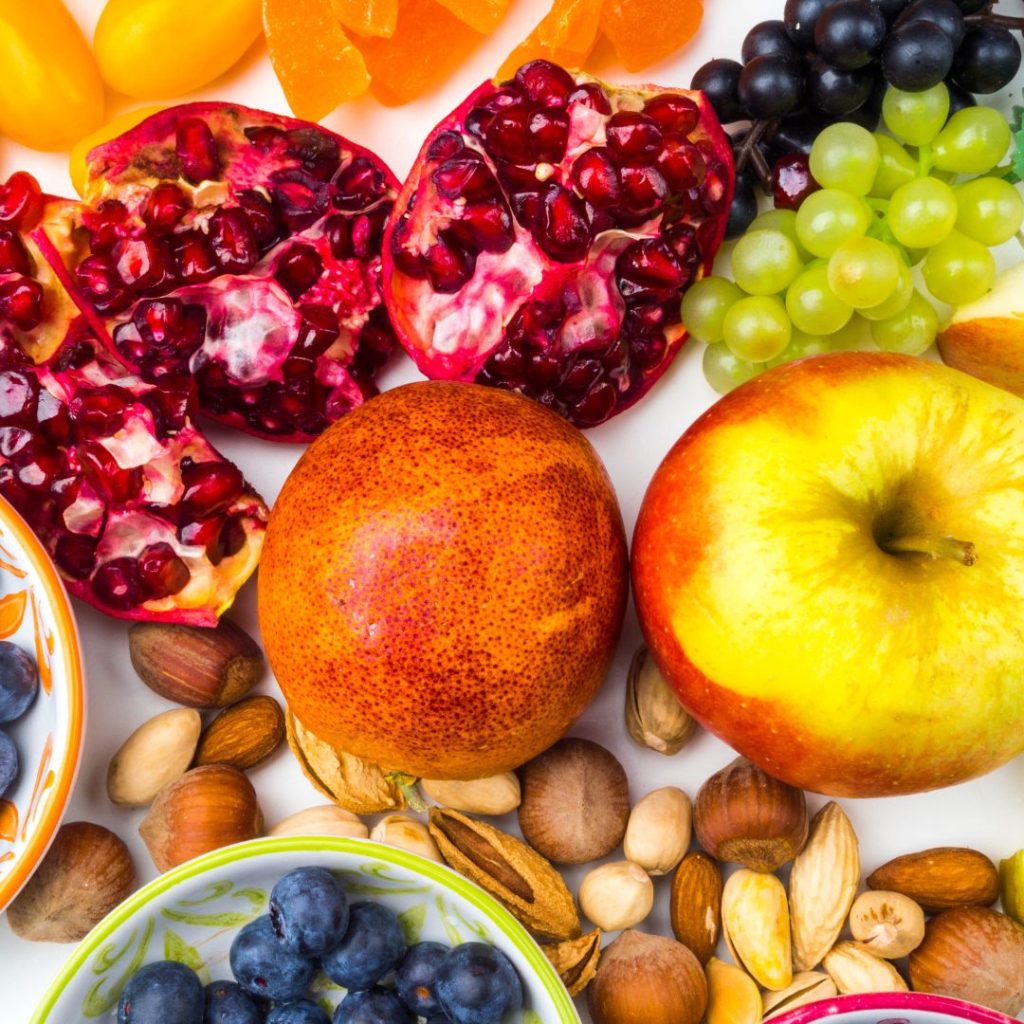
Durante el ayuno interminente se reduce el aporte calórico si no hay una dieta equilibrada, y los micronutrientes necesarios no están presenten en la sangre, por lo que no llegan al bulbo piloso, lo que genera perdida de cabello. Por ello para que una dieta intermitente tenga éxito con el crecimiento del cabello, es importante tomar en cuenta el consumo de nutrientes junto con el sueño.
Al dormir nuestro cuerpo excreta melatonina, una hormona de crecimiento que, junto con un buen flujo sanguíneo a los bulbos pilosos, contribuye al crecimiento capilar. incluir alimentos ricos en triptófano como la leche, las almendras, los pistachos contribuye a estimular el sueño. el triptófano te ayuda a dormir mejor, te ayuda a segregar más hormona de crecimiento lo que te ayuda a preservar el cabello.
Debe tener cuidado con ciertos alimentos como el alcohol, el cual perturba absolutamente el patrón de sueño, por lo que el ciclo de sueño no se inicia a su hora indicada, cuando bebe alcohol por la noche, es más probable que pierda más cabello. Debe tener cuidado también con todo aquello que pueda afectar la insulina ya que una mayor resistencia a la insulina, interviene en la hormona del crecimiento. se ha demostrado que 150 minutos de ejercicio a la semana mejoran la resistencia a la insulina, estos 150 minutos no tienen que ser al mismo tiempo, podría hacer 30 minutos al día durante cinco días y dividir el tiempo de ejercicio, pero la clave esta en que debe esforzarse para aumentar su frecuencia cardíaca. Sumado a esto, el ayuno interminente ayudar a reducir su peso corporal, promover la ingesta saludable de alimentos ademas de estimular el sueño y reducir el estrés oxidativo de las células.

además de eso, incluir alimentos ricos en hierro también lo ayudarán a prevenir la caída del cabello, el hierro es absolutamente importante para que las células madre produzcan proteínas espesas como la queratina para construir el cabello, por lo que las fuentes vegetales de alimentos ricos en hierro incluyen frijoles, legumbres, lentejas, brócoli y espinacas. un consejo para tomar hierro es que puede tomar alimentos ricos en hierro junto con vitamina C como una naranja que ayuda a la absorción de hierro mejor si puede evitar tomar alimentos ricos en calcio al mismo tiempo, será mejor para la absorción de hierro porque los alimentos ricos en calcio pueden interferir con la absorción de hierro.
De esta forma, un ayuno intermimente no debe privarlo de los principales micronutrientes que su cuerpo necesita, si no contribuir a consumir alimentos sanos necesarios para preservar su cabello ademas de estimular un buen sueño que le ayudara a mejorar el flujo sanguíneo en el cuero cabelludo, lo que preserva el cabello y estimula su crecimiento.
Para ver más artículos sobre estos temas u otros, visite Latino Gringos ™. Asegúrese de seguirnos en nuestro Instagram o Facebook para saber cuándo cargamos nuevos artículos o videos.
Si conoces a alguien que pueda beneficiarse de nuestros artículos, incluso si no es latino, compártelo con ellos. Amamos a nuestra comunidad latina, pero también nos gusta ayudar a quienes lo necesiten.


